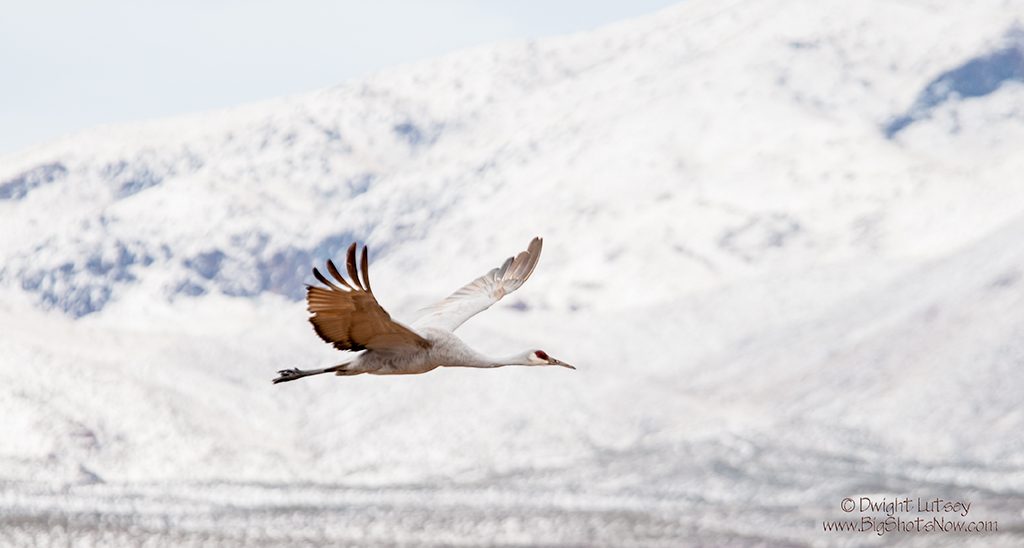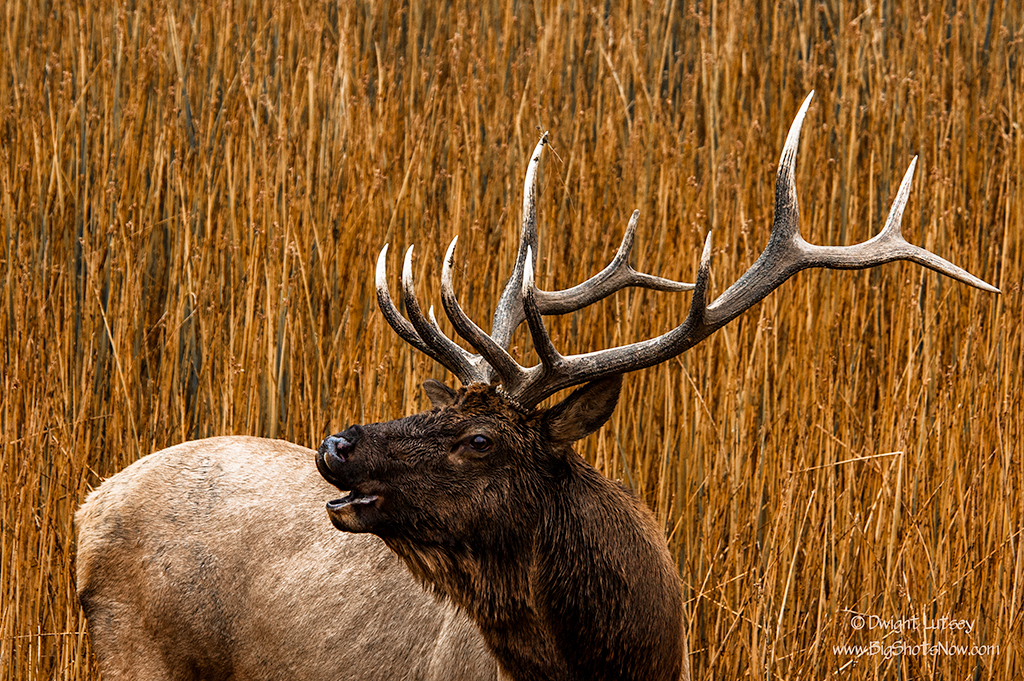
Wildlife photography is the heart and soul of our image collection division here at the Institute and we go to great, no, fantastic lengths, to bring you the incredible photos you regularly see here on the blog. Not only do we travel to the very ends of the earth to secure these images but we take incredibly dangerous risks to do so.
Here is a case in point. This Sandhill Crane was captured as it flew in a counter-clockwise direction to the spinning of the earth, by a new device which is highly secret and held closely under wraps as our patent protection has not come through yet, but I can tell you a limited amount of information regarding its development because I trust you and know that you won’t rat us out to our competition. You won’t rat us out to our competition, will you? This could cost us big bucks if you did, so I know you’ll be tight-lipped about what I’m going to tell you now. (See, this is one of the great things about being a regular reader of our blog, you get the inside scoop on all the newest innovations that happen here at the Institute. Not to mention that you feel like a real insider and know secret cool stuff your neighbors don’t.)
The problem was, how do you get up there, where the cranes regularly fly, and move with them so that you can take their picture. That was the tough part. I turned this problem over to our R&D people with the instructions to solve this or look for new jobs, and it wasn’t long before they found the perfect solution. This gets a little technical at this point so bear with me as I try and explain it as clearly as I can.
Their first obstacle to overcome was how to propel a handsome but good-looking, svelte, 6′ tall, 228lb. photographer up to an altitude of nearly 11,000′ and maintain a forward speed of 17 or 18mph to match the flying speed of a Sandhill crane. Well we had a solution for that, which we’ll come to a little later but then the next problem was how do you attach said photographer to the device yet still allow him to have ample freedom to move about and take pictures. These were tough things to overcome.
Then we had one of those “Eureka !” moments that used to occur regularly in the Little Lulu comics everyone read as a kid and we had the basic problems solved. The next step was just to assemble the pieces and test it out.
The ascension problem was fairly easy. We found a Canadian company that we feel builds the best Drones in the world and selected one of their eight armed models with the optional gimbal arm, that we re-named, the eight armed model, and with a little Yankee knowhow refit their usually adequate but under-powered power supply with a brand new out-of-the crate 454 Chevy large block engine with an acro-static transmission and we had a device we felt could safely lift a 228lb. handsome and devil-may-care photographer into the air.
The other problem, that of connecting the photographer to the device, was a little trickier to solve. The problems to overcome were how to fasten the guy (me ) to the rig and still let him have the flexibility to move in a 360° arc with his arms free to take pictures or wave frantically if something went wrong. After many unsuccessful trial and error attempts were made we were stumped. Finally one of our super smart space-engineers came up with a workable solution.
As he was riding his bike to work one morning he found one of those amusement games in the trash behind a Chucky Cheese called “The Claw”. This was the one where you put a quarter in and maneuvered the claw over a bin filled with neat stuff you had to have, to try and pick up a toy, like a teddy bear, or a cigarette lighter with a scantily clad woman’s picture on it, or a holster for the Glock nine. You could never get the holster up high enough before it would fall out of the claw and you had to put another quarter in to keep trying. That was the hook of the game see, to get you to drop the whole welfare check on getting that holster. Seeing the solution to our problem he tied a rope around the machine and drug it up the hill behind his bike to the Institute where we could use the forklift to move it into the lab. Unfortunately we had to proceed with the engineering with our engineer by Skype from the hospital he was in while he underwent hernia surgery. We got most of his ideas down before he went under the anesthesia.
The claw was refashioned so that its four arms were slightly larger and then fitted to the optional gimbal arm under the eight armed model so that it would dangle down and using its four claw arms, fasten on to a specially chosen bike helmet, kind of like ice tongs, to one of the really dumb looking ones with the long tail like thing at the back which we thought would act as a rudder. We also decided on another safety measure and replaced the plastic strap that goes under the chin with a new carbon fiber one that they use to pick the space shuttle up with when they want to move it around and don’t want to gas up the gantry. You can’t play it too safe when a picture is at stake. So I think you have the picture now. Big Block Chevy 454 attached to the top of the eight armed model drone with the optional gimbal arm with the retro-fitted claw holding onto the goofy looking long-tailed bike helmet containing the photographer. That it. Simple,right.
That completed the development of the rig and after several test flights using interns we determined that some modifications should be made. One was to put a muffler on the 454 as it made a hell of racket and the noise would nearly paralyze the birds in flight. After some nasty run-ins with the wildlife folks we did throttle it down some and put new factory issue glass packs on the motor making it nearly silent. The other was since we couldn’t separate the quarter taking mechanism from the claw we had to leave it connected and take up several rolls of quarters to keep it functioning during the flight. The last correction was to add several layers of Dr. Scholl’s gel liners to the fliers shoes as this whole thing came down fast when it ran out of gas.
That was it. It was finished. The next step was to go where the birds were and set up and take pictures. Early in the morning as the birds were readying themselves for take off, the eleven of us would head out to the flyway with the eight armed model and the flier would complete his fight check, making sure he had the helmet strap double buckled, and had at least four rolls of quarters easily reachable in his pockets, the gel strips in his shoes which were laced up tight and tied with a double knot and he was ready. The ten others would then lift the drone about waist height which was their limit, making sure to keep it level while the flier crawled under and using one of his of many quarters got the claw hooked to his helmet, the engine was started and with a quiet roar the photographer was off into the heavens to accompany the Sandhill Cranes on their morning flights. That’s all there was to it.
The results as you can see were simply dramatic. We were able to float along with the birds as they flew and take glorious photos of them before they would usually go berserk from the noise, fumes and intrusion and attack us causing many near fatal mishaps. But look at the pictures. All in all I’m calling this success. Remember you’re still under what they call in the business a “News Embargo” so you can’t spill a word about this. Not a peep. Unless you want to tell your Aunt Pheeb, or your Nana, or even the guy the delivers your mail, wait, no not him, he’s a fed, it would be ok. Just don’t be talking to any of the news outlets that pay you for interesting stories. Got to run, there’s someone from the FAA at the gate wanting to talk to us. I sure hope none of you squealed.



You must be logged in to post a comment.